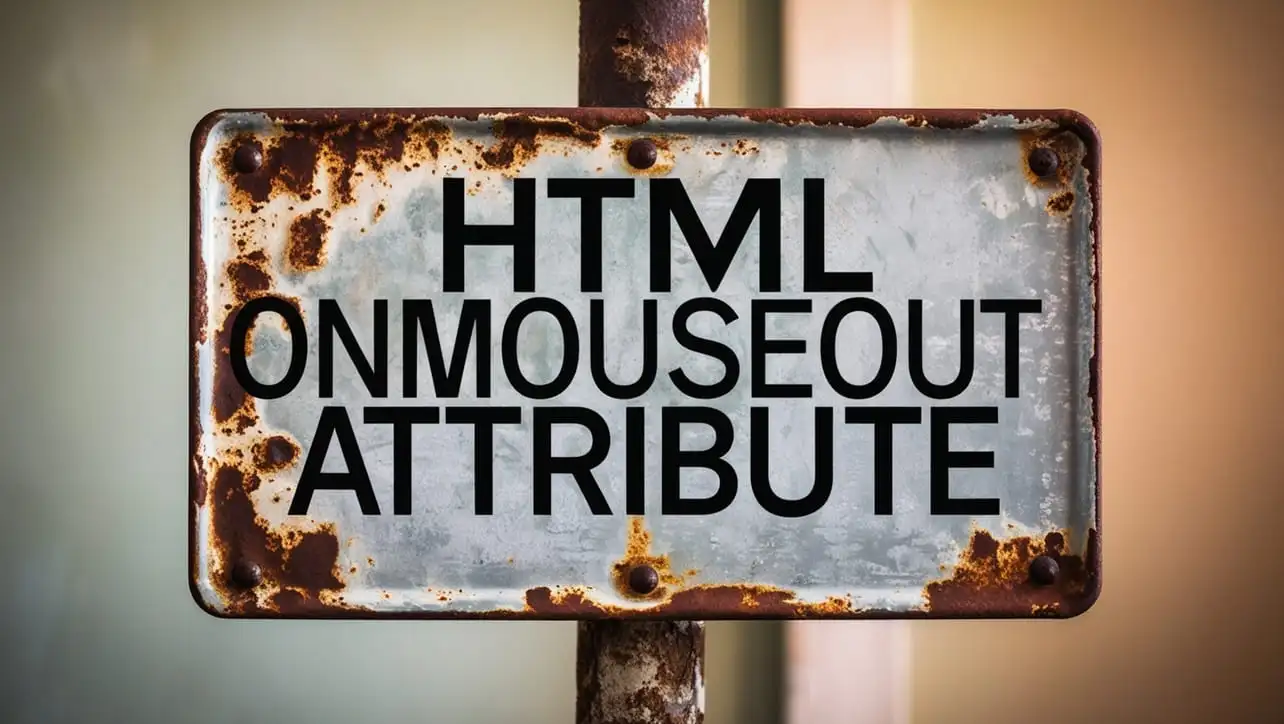
HTML Topics
- HTML Intro
- HTML Basic
- HTML Editors
- HTML CSS
- HTML Tags
- HTML Deprecated Tags
- HTML Events
- HTML Event Attributes
- HTML Global Attributes
- HTML Attributes
- abbr
- accept
- accept-charset
- accesskey
- action
- align
- alt
- archive
- as
- async
- autocapitalize
- autocomplete
- autofocus
- autoplay
- axis
- bgcolor
- border
- cellpadding
- cellspacing
- char
- charoff
- charset
- checked
- cite
- class
- classid
- codebase
- codetype
- color
- cols
- colspan
- compact
- content
- contenteditable
- controls
- coords
- crossorigin
- data
- data-*
- datetime
- declare
- default
- defer
- dir
- dirname
- disabled
- download
- draggable
- enctype
- enterkeyhint
- for
- form
- formaction
- formenctype
- formmethod
- formnovalidate
- formtarget
- frame
- frameborder
- frameset
- headers
- height
- hidden
- high
- href
- hreflang
- hspace
- http-equiv
- id
- inert
- inputmode
- ismap
- kind
- label
- lang
- list
- loop
- low
- max
- maxlength
- media
- method
- min
- multiple
- muted
- name
- novalidate
- onabort
- onafterprint
- onbeforeprint
- onbeforeunload
- onblur
- oncanplay
- oncanplaythrough
- onchange
- onclick
- oncontextmenu
- oncopy
- oncuechange
- oncut
- ondblclick
- ondrag
- ondragend
- ondragenter
- ondragleave
- ondragover
- ondragstart
- ondrop
- ondurationchange
- onemptied
- onended
- onerror
- onfocus
- onhashchange
- oninput
- oninvalid
- onkeydown
- onkeypress
- onkeyup
- onload
- onloadeddata
- onloadedmetadata
- onloadstart
- onmousedown
- onmousemove
- onmouseout
- onmouseover
- onmouseup
- onmousewheel
- onoffline
- ononline
- onpagehide
- onpageshow
- onpaste
- onpause
- onplay
- onplaying
- onpopstate
- onprogress
- onratechange
- onreset
- onresize
- onscroll
- onsearch
- onseeked
- onseeking
- onselect
- onstalled
- onstorage
- onsubmit
- onsuspend
- ontimeupdate
- ontoggle
- onunload
- onvolumechange
- onwaiting
- onwheel
- open
- optimum
- pattern
- placeholder
- popover
- popovertarget
- popovertargetaction
- poster
- preload
- readonly
- rel
- required
- reversed
- rows
- rowspan
- sandbox
- scope
- selected
- shape
- size
- sizes
- span
- spellcheck
- src
- srcdoc
- srclang
- srcset
- start
- step
- style
- tabindex
- target
- title
- translate
- type
- usemap
- value
- width
- wrap
- HTML Comments
- HTML Entity
- HTML Head
- HTML Form
- HTML IndexedDB
- HTML Drag & Drop
- HTML Geolocation
- HTML Canvas
- HTML Status Code
- HTML Language Code
- HTML Country Code
- HTML Charset
- MIME Types
HTML onmouseout Attribute

Photo Credit to CodeToFun
🙋 Introduction
The onmouseout attribute is a powerful event attribute in HTML that enables developers to define JavaScript code that should be executed when a user's mouse moves out of a specified HTML element.
This attribute is commonly used to trigger actions such as hiding tooltips, changing styles, or performing other dynamic operations in response to the user's interaction.
🎯 Purpose of onmouseout
The primary purpose of the onmouseout attribute is to provide a way to respond to the user moving their mouse out of a particular element.
It is part of a set of mouse-related events in HTML that allow developers to create interactive and responsive web pages.
💎 Values
The onmouseout attribute accepts JavaScript code as its value.
This code will be executed when the mouse pointer leaves the specified element. Here's a simple example:
<button onmouseout="changeColor()">Hover me</button>
<script>
function changeColor() {
document.querySelector('button').style.backgroundColor = 'blue';
}
</script>🧠 How it Works
In this example, the background color of a button changes to blue when the mouse moves out of it.
🔄 Dynamic Values with JavaScript
Similar to other event attributes, you can also dynamically assign values to the onmouseout attribute using JavaScript.
This allows you to modify the behavior of the event dynamically based on user interactions or other conditions. Here's an example:
<script>
// Dynamically assign onmouseout event to an element
document.getElementById('dynamicElement').onmouseout = function() {
alert('Mouse out!');
};
</script>🧠 How it Works
In this script, the onmouseout event is dynamically assigned to an element with the id dynamicElement, and it triggers an alert when the mouse moves out of that element.
🏆 Best Practices
- Use the
onmouseoutattribute judiciously to enhance user experience without overwhelming the user with excessive mouse-related interactions. - Be mindful of accessibility considerations; avoid relying solely on mouse-related events for critical functionality as some users may navigate using other input methods.
- Test your onmouseout events across different browsers to ensure consistent behavior.
🎉 Conclusion
The onmouseout attribute is a valuable tool for creating interactive and dynamic web pages by responding to user mouse movements.
By understanding how to use and implement this attribute, you can add a layer of interactivity to your HTML elements and improve the overall user experience.
👨💻 Join our Community:
Author

For over eight years, I worked as a full-stack web developer. Now, I have chosen my profession as a full-time blogger at codetofun.com.
Buy me a coffee to make codetofun.com free for everyone.
Buy me a Coffee












If you have any doubts regarding this article (HTML onmouseout Attribute), please comment here. I will help you immediately.